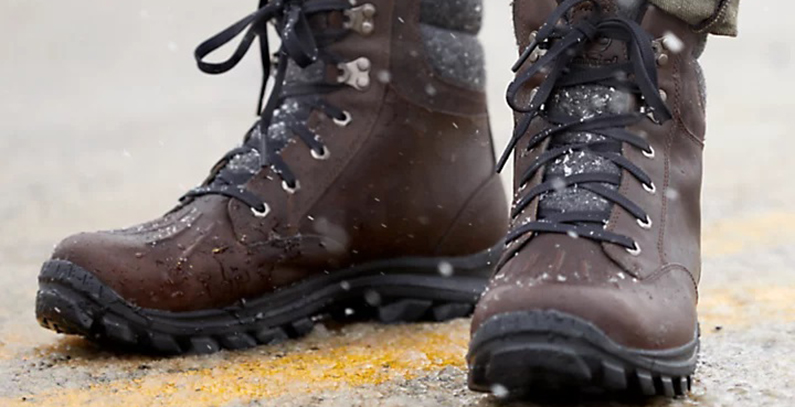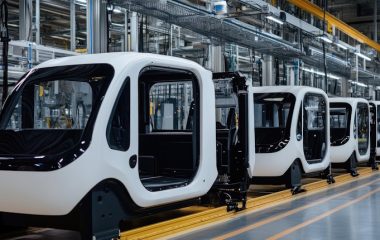
Photo: Boots made using regenerative leather (Timberland)
Fashion company Timberland plans its products to have a net positive impact on nature by 2030 – giving back more than it takes. The brand intends to improve biodiversity, water quality, and farmer wellbeing.
The firm said it aims to fulfil the plan through the achievement of two goals:
- 100% of products need to be designed for circularity, and
- 100% of natural materials need to be sourced from regenerative agriculture.
Through circular product design, Timberland strives to achieve zero waste, working toward zero impact. By sourcing all its virgin natural materials through regenerative agriculture, the brand believes it can push past net zero and have a net positive impact on nature, according to the company’s press release.
Textiles are coming in fourth in the ranking of product categories that cause the greatest environmental impact
According to the Environmental Impact of Products (EIPRO) study, textiles rank fourth among product categories that cause the greatest environmental impact, just after food and drinks, transport and housing.
Products designed for circularity
Timberland’s goal for 2030 is for all of its products – across footwear, apparel and accessories – to be designed for circularity.
Products will be made using materials that would have otherwise gone to waste, for instance plastic bottles, scrap leather, scrap wool. Products will also be designed to be recyclable at end of life so they can be disassembled and made into something new.
Regenerative practices mimic nature
Timberland has set a goal for all the natural materials used in its products to be sourced through regenerative agriculture by 2030. Regenerative practices mimic nature.
They allow animals to roam and graze in their natural patterns, giving the land a chance to rest and heal. And they ensure a variety of crops, replicating the diversity found in nature.
These practices enable the land to pull carbon out of the atmosphere and efficiently store it in the ground
These practices enable the land to pull carbon out of the atmosphere and efficiently store it in the ground, rebuilding the structure of the soil and leading to healthy, hydrated, fertile ground – and ultimately, net positive impacts for the land and the farmers, the company said.
Timberland is working to build a robust regenerative leather supply chain in the US, Australia, and Brazil. The brand recently announced a partnership with the Savory Institute to fund research into the tangible benefits of regenerative agricultural practices.
First collection of boots made using regenerative leather
This fall Timberland will launch its first collection of boots made using regenerative leather, which was produced from regenerative ranches in the US.
Timberland is also working with pioneering regenerative farmers to pilot new regenerative rubber, cotton, wool, and sugarcane supply chains in pursuit of its 2030 goals.
“Timberland is part of the problem”
Colleen Vien, director of sustainability for Timberland, said the environment today is in a degraded state and brand and that the brand is part of the problem.
“In and of itself, nature is balanced. Ecosystems work together in perfect harmony. Modern civilization challenges this state, but as we’ve seen time and again, nature has the innate power to restore and regenerate itself when given the chance. And we as humans can act as stewards. That’s our vision for 2030 – to get carbon back in the soil where it belongs, and ultimately give back more than we take,” Vien said.









Be the first one to comment on this article.